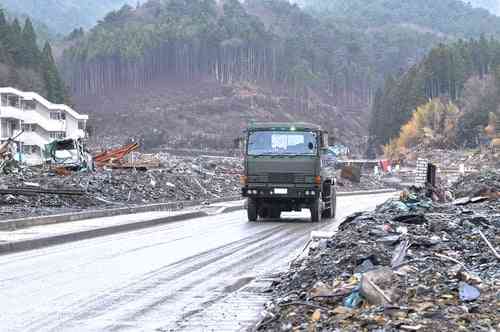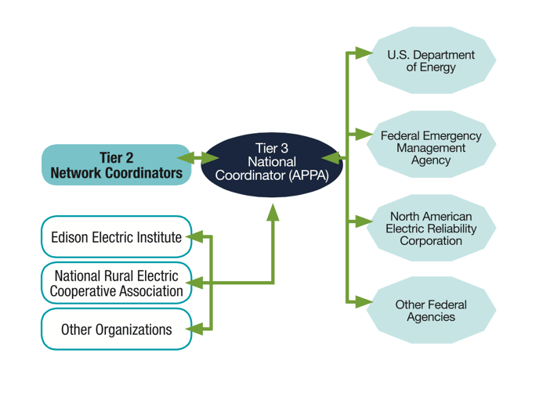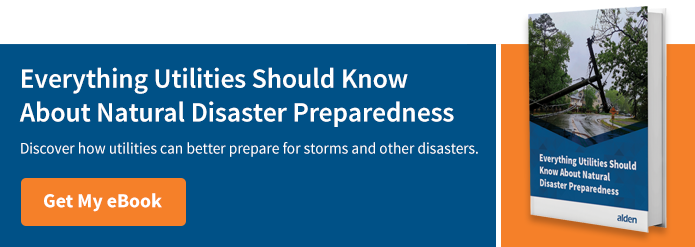How Utilities Can Resolve Issues Related to Mutual Aid Organizations
 When a storm or other major event looms on the horizon, utility and communications companies turn to mutual aid organizations for fast, urgent, and widespread support. These organizations empower networks to respond quickly to the unpredictable nature of weather, while also recognizing that any one company may have limited ability to provide resources at a given point in time.
When a storm or other major event looms on the horizon, utility and communications companies turn to mutual aid organizations for fast, urgent, and widespread support. These organizations empower networks to respond quickly to the unpredictable nature of weather, while also recognizing that any one company may have limited ability to provide resources at a given point in time.
How do they trigger such support? They must pick up the phone, or send out a bunch of emails.
“If there is a widespread outage, [they] can call or email their counterparts in other utilities to ask for help,” explains an article in the American Public Power Association’s Public Power Magazine.
During a critical time when every moment counts toward ensuring sufficient preparation, valuable time must be spent on manually communicating with dozens, or hundreds, of other companies to request help and manage replies. Even when this process is well organized, the coordination can be time-consuming and complex. Utility companies and their customers would benefit from an easy and fast method to request aid in emergency situations, while simultaneously tracking responses.
A Complex Network of Mutual Aid Agreements
In the past, utilities called on friends in nearby utilities for help recovering from storm damage. Today, many mutual aid organizations exist that cross utility ownership and may be composed of investor-owned utilities, electric cooperatives, and/or municipally-owned power providers.
For example:
- Edison Electric Institute (EEI): This association represents all U.S. investor-owned electric companies (IOUs), directly and indirectly employing more than one million workers. EEI’s mutual assistance program is a voluntary partnership that provides a formal, yet flexible, process for electric companies to request support.
- American Public Power Association: This organization represents more than 2,000 not-for-profit, community-owned electric utilities. It is a multifaceted mutual aid program that ensures a coordinated response with state and federal government officials.
Municipal utilities and electric cooperatives also have their own mutual aid programs that provide restoration support to participating utilities. Many mutual aid organizations are divided into regional groups for easy response within close proximity.
During major outage incidents, these organizations must coordinate. The chart below provides a simple representation of some of the key groups that must work together to ensure a smooth and sufficient response.
 Source: American Public Power Association
Source: American Public Power Association
The Process of Coordinating Aid
To do this, they will need to undertake a long list of tasks that are typically manual and time-consuming:
- Determine how much help is needed, and what kinds of skills
- Contact other companies and organizations to request help (usually via email or phone)
- Coordinate responses
- Locate specialized skills
- Identify needed equipment or materials
- Arrange for housing, meals, laundry facilities and other details for the guest workforce
- When aid personnel arrive, provide any necessary safety training and an overview of the affected facilities
- Ensure payment of aid personnel (dependent on the aid agreement)
Although mutual aid organizations are a keystone of the industry’s response to outage, the manual and extensive nature of this process often causes slower response times and higher costs.
Streamline This Complex Process Using a Shared, Centralized Joint Use Platform
Click here to learn about how a shared, centralized asset database can help mutual aid agreements function more smoothly and with less complexity. If you would like more information about a joint use platform, click here to speak with one our specialists.
